ড. মোহাম্মদ সাহাব উদ্দিন ১৯৭২ সালে বাংলাদেশ প্রকৌশল বিশ্ববিদ্যালয়ের রাসায়নিক প্রকৌশল বিভাগ থেকে স্নাতক ডিগ্রি অর্জন করেন। একই বছর তিনি ওই বিভাগে প্রভাষক হিসেবে যোগ দেন। পরবর্তী বছরগুলোতে তিনি ইউনিভার্সিটি অফ ম্যানচেস্টার ইনস্টিটিউট অফ সায়েন্স এন্ড টেকনোলজি (UMIST) থেকে স্নাতকোত্তর ডিগ্রীর জন্য কমনওয়েলথ বৃত্তি লাভ করেন। তিনি সিঙ্গাপুরের জাতীয় বিশ্ববিদ্যালয় (NUS) এবং মালেশিয়ার আন্তর্জাতিক বিশ্ববিদ্যালয় (IIUM) এ শিক্ষাকতা করেন। মার্কিন যুক্তরাষ্ট্রের MIT ও কানাডার ম্যাকগিল বিশ্ববিদ্যালয়ে স্যাব্যাটিকাল শিক্ষক হিসেবে কাজ করেছেন।
গত দেড় দশক ধরে তার গবেষণার প্রধান ক্ষেত্র হলো ন্যানো-ম্যাগনেটিক পার্টিকেল ব্যবহার করে বায়োমলিকিউল আলাদা করা ও পরিশোধন, প্রোটিন রিফোল্ডিং, আয়নিক ফ্লুইডের সাহায্যে কাইরাল (রেসেমিক মিশ্রণ) পৃথকীকরণ এবং শিল্প কলকারখানার ধাতু ও ডাই দূষণ পরিশোধন। বর্তমানে তিনি অবসরপ্রাপ্ত হয়ে মালেশিয়ার জোহর বাহারুতে বসবাস করছেন।
💬 প্রশ্নোত্তর পর্ব:
প্রশ্ন: আপনি কীভাবে রাসায়নিক প্রকৌশল ও বায়োটেকনোলজি গবেষণার সঙ্গে যুক্ত হলেন?
উত্তর: আমার আগ্রহ শুরু হয়েছিল বাংলাদেশ প্রকৌশল বিশ্ববিদ্যালয়ে পড়াশোনার সময়। তখন থেকেই বায়োমলিকিউল, প্রোটিন এবং ন্যানো-পার্টিকেল নিয়ে কাজের প্রতি আগ্রহ জন্মায়।
প্রশ্ন: আপনার গবেষণার মূল লক্ষ্য কী?
উত্তর: আমার গবেষণার মূল লক্ষ্য হলো ন্যানো-ম্যাগনেটিক পার্টিকেল ব্যবহার করে জটিল বায়োমলিকিউল আলাদা করা এবং শিল্প ধোয়া জলের হেভি মেটাল ও ডাই দূষণ পরিশোধন করা। এছাড়া প্রোটিনের রিফোল্ডিং এবং কাইরাল পৃথকীকরণও আমার গবেষণার অন্যতম লক্ষ্য।
প্রশ্ন: আন্তর্জাতিক শিক্ষা ও গবেষণার অভিজ্ঞতা কেমন ছিল?
উত্তর: MIT, ম্যাকগিল বিশ্ববিদ্যালয়, NUS এবং IIUM-এ কাজ করে আমি বৈচিত্র্যময় গবেষণা পরিবেশ এবং বিভিন্ন শিক্ষণ প্রক্রিয়ার সঙ্গে পরিচিত হয়েছি। এটি আমার বৈজ্ঞানিক চিন্তাভাবনাকে আরও সমৃদ্ধ করেছে।
প্রশ্ন: ন্যানো-ম্যাগনেটিক পার্টিকেল গবেষণার ভবিষ্যৎ কীভাবে দেখছেন?
উত্তর: এই প্রযুক্তি জীববিজ্ঞান ও শিল্পের ক্ষেত্রে গুরুত্বপূর্ণ সম্ভাবনা রাখে। আমি আশা করি আরও গবেষকরা এটিকে ব্যবহার করে নতুন উদ্ভাবন আনবেন।
প্রশ্ন: আপনি বর্তমানে কোথায় অবস্থান করছেন এবং ভবিষ্যৎ পরিকল্পনা কী?
উত্তর: বর্তমানে আমি জোহর বাহারু, মালেশিয়ায় বসবাস করছি। অবসরকালেও গবেষণা সংক্রান্ত পরামর্শ ও পরবর্তী প্রজন্মের শিক্ষার্থীদের সহায়তা চালিয়ে যাচ্ছি।
ড. মোহাম্মদ সাহাব উদ্দিনের গবেষণা ন্যানো-ম্যাগনেটিক প্রযুক্তি, বায়োমলিকিউল আলাদা করা এবং শিল্প দূষণ হ্রাসে গুরুত্বপূর্ণ অবদান রেখেছে। তার আন্তর্জাতিক অভিজ্ঞতা এবং দীর্ঘদিনের গবেষণা বাংলাদেশের এবং আন্তর্জাতিক বৈজ্ঞানিক সম্প্রদায়ের জন্য অনুপ্রেরণার উৎস। বিজ্ঞানী অর্গ টিম ড. সাহাব উদ্দিনকে তার অবদানের জন্য শুভকামনা জানাচ্ছে এবং আশা রাখে তার কাজ ভবিষ্যতের তরুণ গবেষকদের অনুপ্রাণিত করবে।
From Protein Refolding to Wastewater Treatment: Insights with Prof. Mohammad Sahab Uddin
Professor Mohammad Sahab Uddin earned his Bachelor’s degree in Chemical Engineering from Bangladesh University of Engineering and Technology (BUET) in 1972 and joined the same department as a lecturer the same year. In 1974, he received a Commonwealth Scholarship to pursue postgraduate studies at the University of Manchester Institute of Science and Technology (UMIST). Over his academic career, he has taught at the National University of Singapore (NUS) in the Department of Chemical and Biomolecular Engineering and at the International Islamic University Malaysia (IIUM) in the Department of Biotechnology Engineering. He also served as a sabbatical faculty at MIT in Boston, USA, and McGill University in Montreal, Canada.
For the past fifteen years, Prof. Uddin’s research has focused on nano-magnetic particles for biomolecule separation and purification, protein refolding, chiral (racemic mixture) separation using ionic fluids, and wastewater treatment for heavy metals and industrial dyes. Currently, he resides in Johor Bahru, Malaysia, having retired from active academic positions. His work bridges advanced nanotechnology applications with environmental and industrial challenges.
💬 Q&A Session:
Q: How did you become involved in chemical engineering and biotechnology research?
A: My interest began during my undergraduate studies at BUET, where I became fascinated with biomolecules, proteins, and the potential of nanoparticles.
Q: What is the main objective of your research?
A: The primary goal is to use nano-magnetic particles for separating complex biomolecules and to treat industrial wastewater containing heavy metals and dyes. Protein refolding and chiral separation are also central aspects of my research.
Q: How was your experience with international research and teaching?
A: Working at MIT, McGill University, NUS, and IIUM exposed me to diverse research environments and teaching methodologies. This greatly enriched my scientific thinking and broadened my perspective.
Q: How do you see the future of nano-magnetic particle research?
A: This technology holds significant potential in biotechnology and industrial applications. I hope more researchers will explore and develop innovative solutions using nano-magnetic particles.
Q: Where are you currently based, and what are your future plans?
A: I currently live in Johor Bahru, Malaysia. Even in retirement, I continue to provide research guidance and support to the next generation of students.
Professor Mohammad Sahab Uddin’s research has made substantial contributions to nano-magnetic technology, biomolecule separation, protein refolding, and industrial wastewater treatment. His extensive international experience and long-standing dedication to research serve as an inspiration to young scientists in Bangladesh and globally. The biggani.org team wishes Prof. Uddin continued success and hopes his work will inspire the next generation of researchers to innovate in chemical engineering, biotechnology, and environmental science.

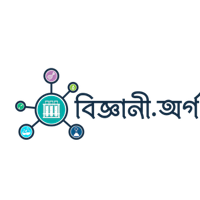
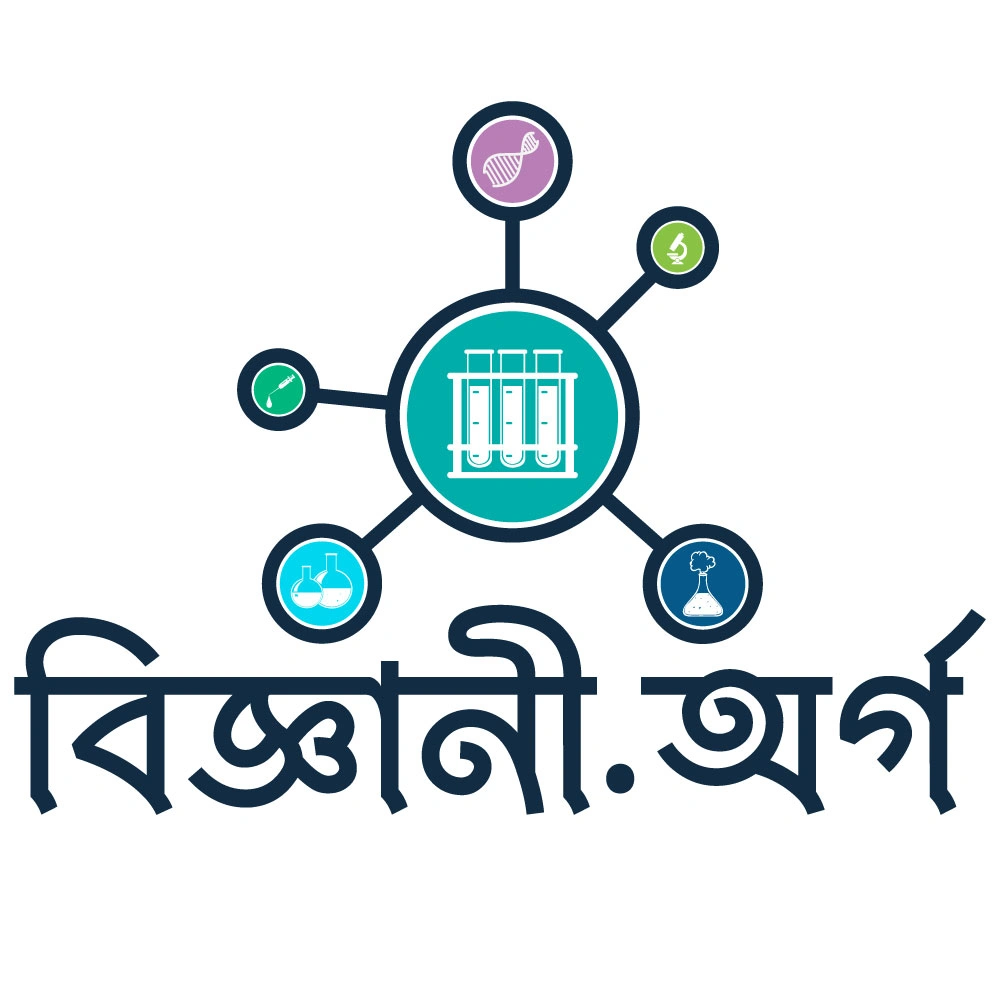



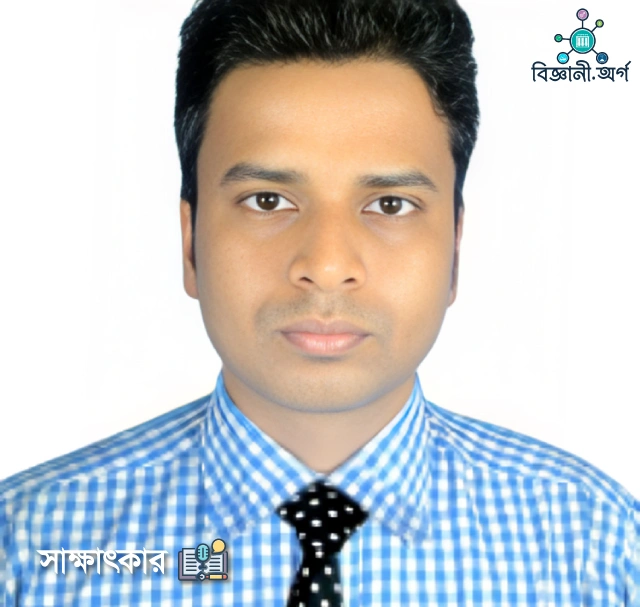
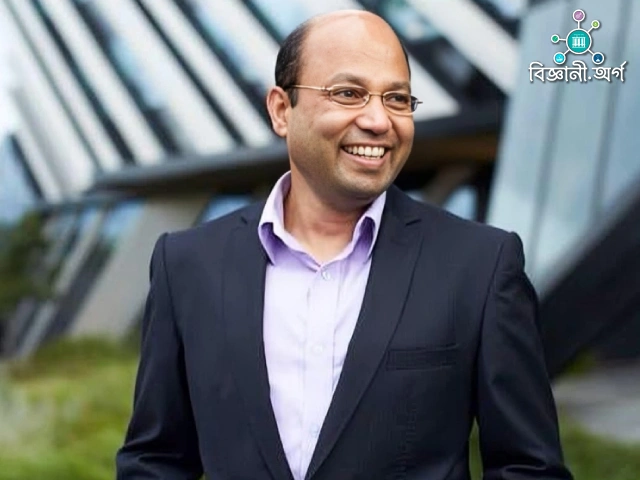
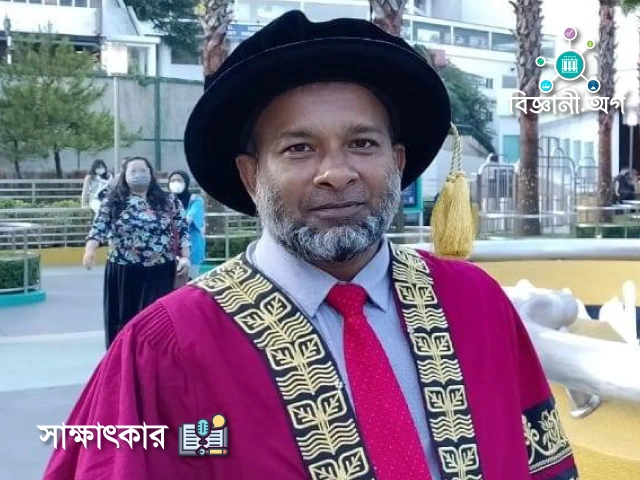

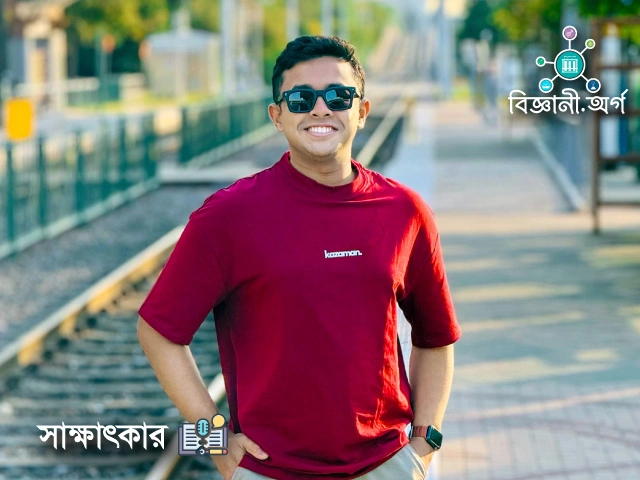
Leave a comment